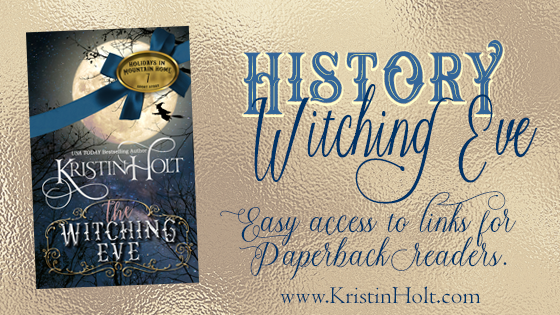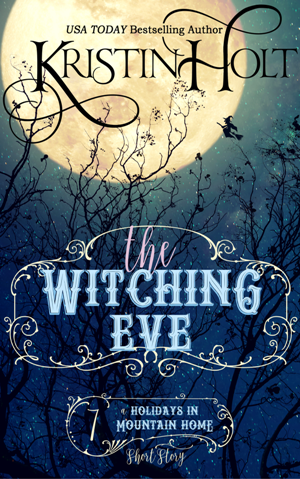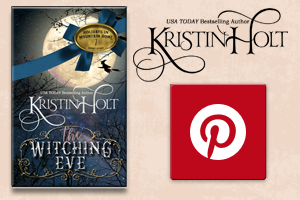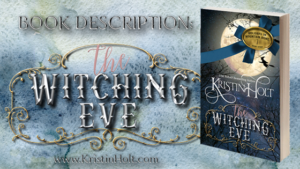History: The Witching Eve
Note: The purpose of this page is to provide clickable access to the historical information behind the short story, The Witching Eve. This content is found in the back of the kindle edition (with links) and in the back of the new paperback edition (without links). This page will allow paperback readers to access the content behind the explanation of the true-to-life Victorian American setting. History: The Witching Eve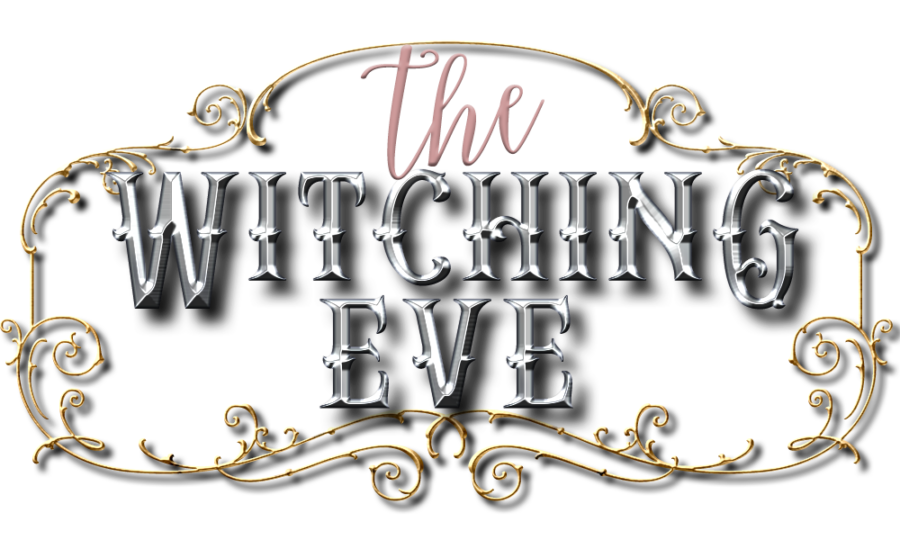
Thank you for reading The Witching Eve, my first published short story. I hope you found it enjoyable.
Timeline
This story falls between two previously published titles, MAYBE THIS CHRISTMAS and THE MARSHAL’S SURRENDER. Both titles tell Gus’s story. The first brings him to Mountain Home, Colorado in search of Effie. And the second heals his heart and allows him to risk a new beginning with Noelle Finlay. If you’ve not yet read one or both of these titles, you’ll find they’re currently enrolled in the Kindle Unlimited program. This makes them available to readers subscribed to that affordable monthly service.
History
I love the process of researching elements of history in order to set a fictional tale against an accurate historical backdrop. As I typically do, I want to share a little bit about the history–what is accurate, and what I finessed to make it work–within this short story.
Full Moon
In truth, the full moons in October (8th) and November 6th), 1900, missed All Hallow’s Eve. I couldn’t resist taking artistic license and moving the full moon to Halloween. Historically, the “recognized truth” of “Lunar Lunacy,” acute madness associated with the full moon, was well known. Folks believed everything from sleep quality to fertility (and onset of childbirth pains) to criminal behavior. Twenty-first century science has disproved all such claims.
Halloween Parlor Games
The traditional practice of fortune telling, including baking small representative objects into a cake, is accurate to history. These are merely two of dozens of games played by the youth in an attempt to foresee their future events (including identity of spouse), quality of marital life, and financial status.
Ghost Stories
Victorians adored ghost stories. Halloween was far from the only occasion for telling spooky tales. Dickens and his famous A Christmas Carol is a fine example. Ghost stories were often part of at-home parlor entertainment for families or when entertaining guests.
Pranks on Halloween
The practice of playing pranks on neighbors (and blaming witches) was widespread in the United States in the 19th century. Numerous newspaper articles illustrate the types of pranks played, the tolerance of such as “all in good fun,” and the prevalence of such behavior. “Trick-or-Treating” is a twentieth century development, and first occurred several decades into the century. The Victorian Era (1837 to 1901) was imbued with hand-me-down rituals from the Old World. (Every nationality of immigrants brought their beliefs and traditions with them.) Halloween was mostly brought to the United States by Irish and Scottish immigrants during the 19th century, and was gradually assimilated into mainstream American society.
You’ll find The Jolly Halloween Book (referenced before short story), published in 1900, on Forgotten Books, Amazon, and more.
Pinterest Board
The Witching Eve proudly boasts its own Pinterest board. Come see images that inspired various elements of this story. Including the little things baked into the “Halloween Cake!”

Learn much more about The Witching Eve and further factual history on the story’s dedicated page: The Witching Eve.
Updated July 2022
Copyright © 2017 Kristin Holt LC

